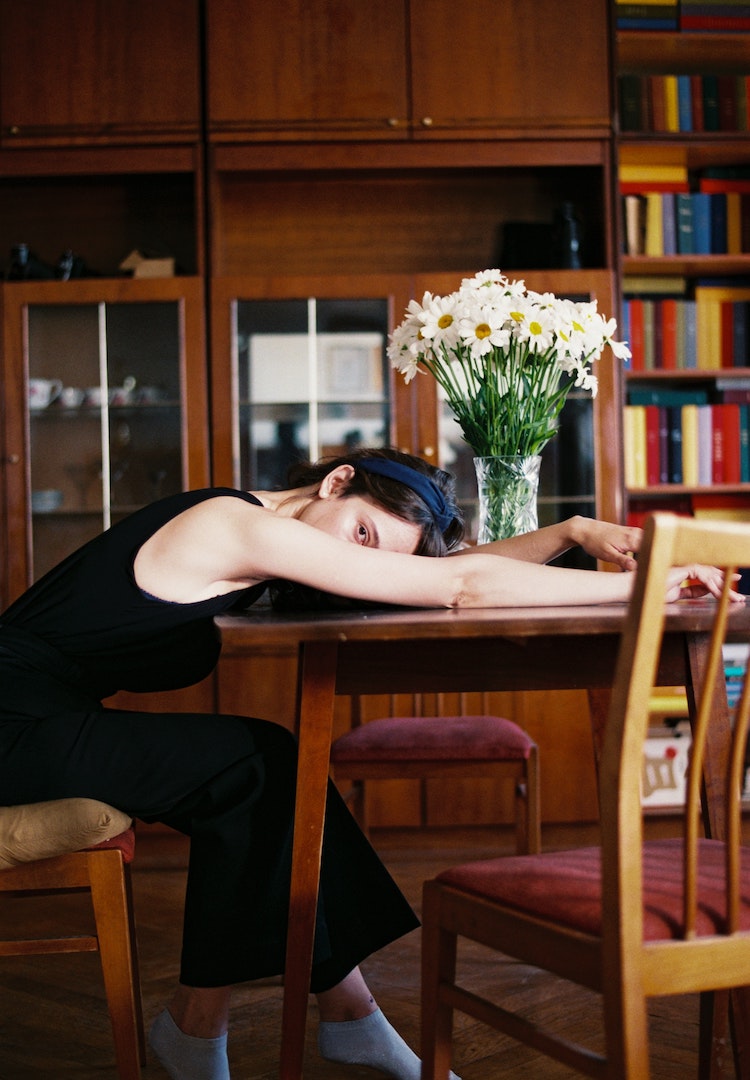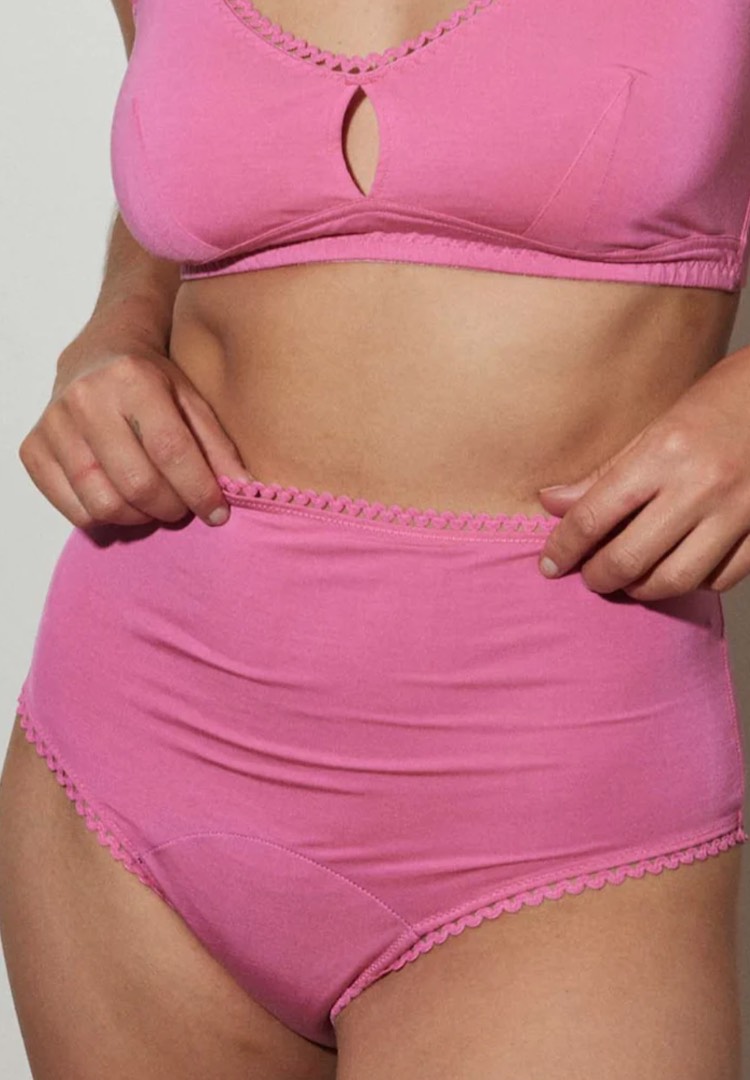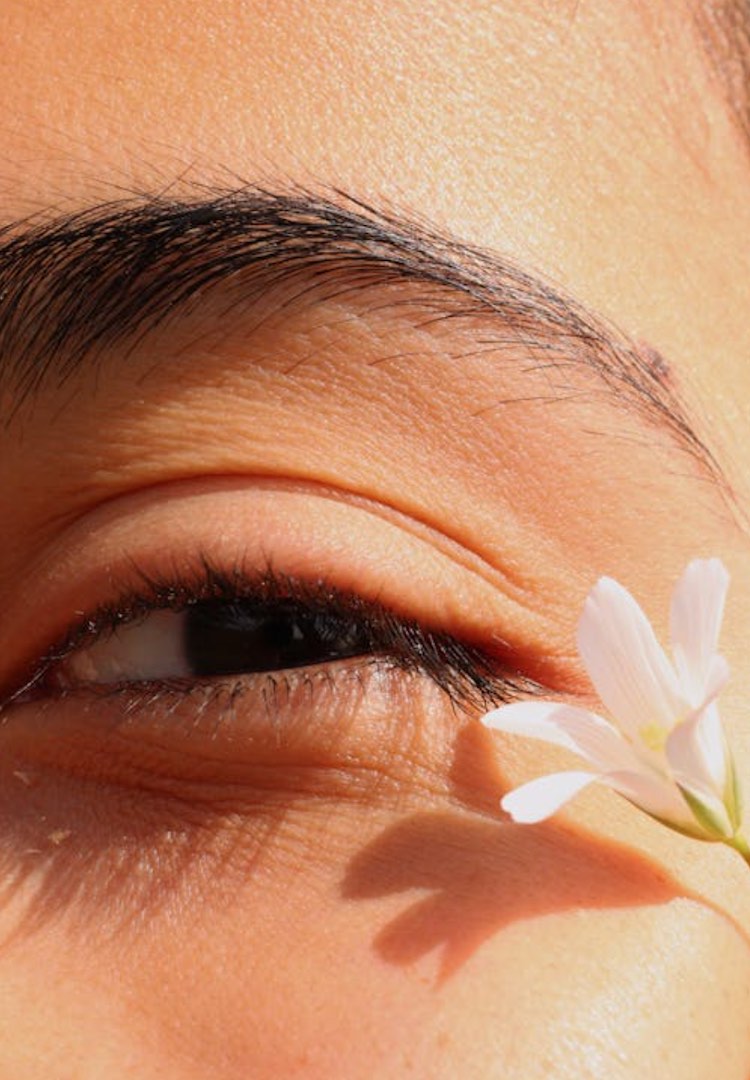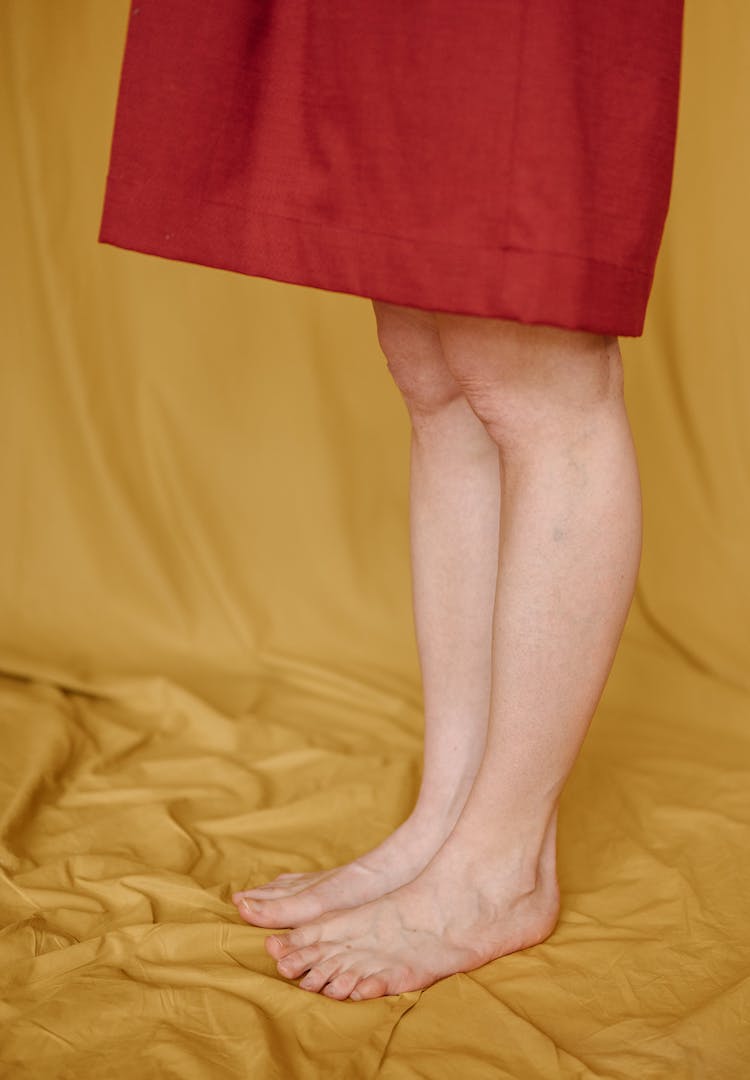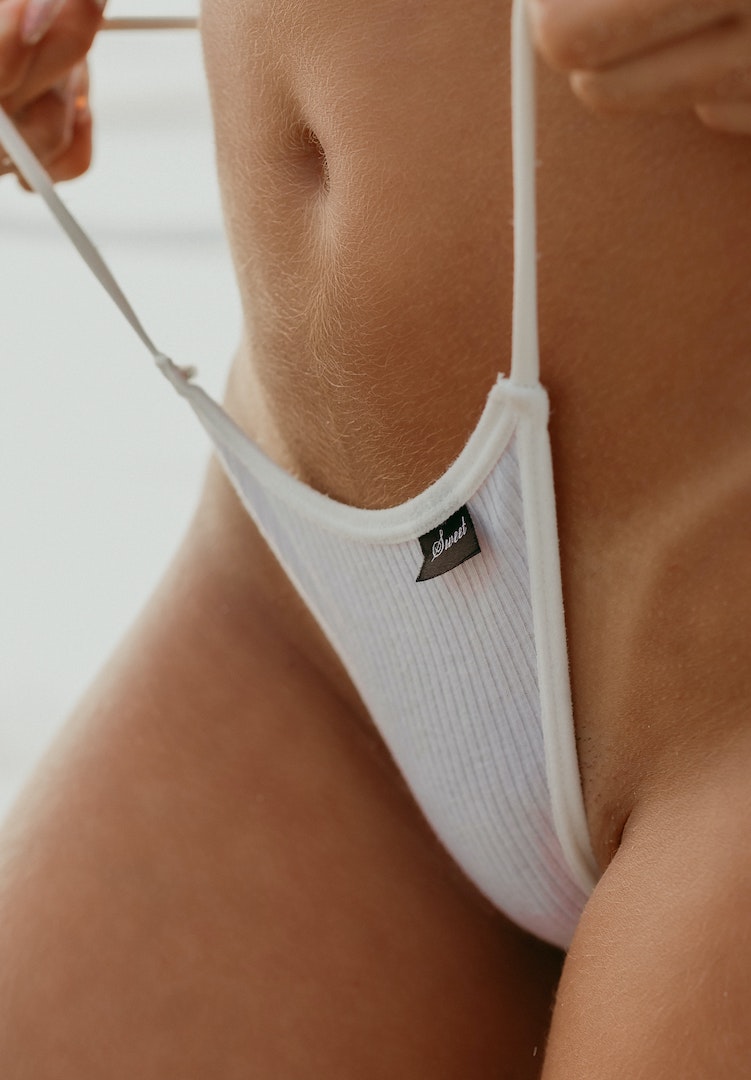Should we be exercising in sync with our cycles?
WORDS BY JASMINE WALLIS
Period power.
Recently, I decided to achieve something new: a half marathon. I was feeling fired up. New running shoes were purchased. I registered for the event. I even began training with the Nike Running Club app, a coach guiding me through different stages of training.
And then? I looked at the calendar. The date of the marathon was around my period. As a woman with PCOS and adenomyosis, my period really knocks me about. In the few days leading up to it, I’m a mess. I have low energy, cystic acne and dull pain warning me that I’m about to start bleeding.
Kickstart your wellness journey over at our Health section.
On day one, the pain can sometimes feel as if the wind has been knocked out of me, causing me to double-over and stock up on painkillers to get through each hour.
Considering I’d already set the wheels in motion for the half-marathon I knew there was no backing out (despite the awful timing) so I began researching. It turns out that once again, people with periods have been taught the bare minimum about their bodies.
Back to basics
Most of us know that we have different phases of our cycles but did you know that we respond to exercise differently in each as well? Hannah Moloney is the founder of Annamo Studio, an online health and wellness platform that is putting the menstrual cycle first.
As well as being a place to enjoy HIIT, Pilates classes and more, Annamo Studio is also a space for education. As a personal trainer, and after completing two marathons and one-half marathon without taking her cycle into consideration, Hannah became passionate about ensuring people with periods can listen to their bodies.
“I had little knowledge on it but now I train my clients around their cycles,” Hannah tells me over the phone. “We put so much pressure on ourselves to go for that run when your hormones are at their lowest time, simply because we’re not educated enough.”
What does Hannah mean by “lowest time”? People who menstruate typically have a monthly cycle. Throughout that time hormones affect our libido, energy levels, sleep and more.
Cycle science
Through each cycle, we move through two main phases; the follicular and luteal. These two phases are then split into four phases (or weeks). From day one (the first day of your bleed) through to around day 14, people who menstruate have lower estrogen and progesterone levels.
They begin to rise as a follicle (a fluid-filled sac in the ovary containing an egg) matures. Hannah explains why you may feel more energetic and ready to work out in the days following your period.
“As you come out of your bleed into your follicular phase, your hormones start to increase and you get that burst of energy. So that’s where you can start going to a HIIT or Pilates class or start to pick up your running. And then as you enter your ovulation with your peak, that’s where you can do really high-intensity workouts and feel amazing before, during and after.”
Once the ovulation peak has occurred, we enter the luteal phase where progesterone and estrogen rises. This is where you can begin to feel more tired and hormonal and pull back in the intensity of training with a focus on recovery. Your period will arrive and then (if you have a regular cycle) we do it all over again.
Another athlete who is educating people on training around their menstrual cycles is Lydia O’Donnell. A Nike Head Running coach and founder of running and strength coaching platform Femmi, Lydia explains why we may not have been taught this in Year Nine PE class.
“I grew up as a female athlete who doubted my body, and never felt confident in the way I looked or the way my body functioned,” Lydia says.
After suffering from health issues due to under-recovering and under-fuelling, including Relative Energy Deficient Syndrome in Sport (RED-S), Lydia became educated on how important it is to understand female physiology.
“I learnt how people who menstruate function so differently, and that the way we were told to train, recover and fuel was very much based on male physiology. But, the way our hormones fluctuate throughout each menstrual cycle can really impact how we are feeling, adapting to and absorbing our training.”
With speculation that the male hormone cycle is just 24 hours long, no wonder people who have periods tend to fluctuate in their training abilities. So, how do we train with our cycles?
Listen to your body
Hannah recommends tracking your cycle first and foremost to keep tabs on roughly where it’s at.
“You can use apps and I actually keep a diary. I have a note on my phone, where every single day I will fill out what day and phase I’m in my cycle. How I feel about myself, if I exercised that day and my mood. I then check in a month later to see how similar I am throughout my cycle.”
Since becoming more aware of not just when I have my period and when I don’t, but my hormone levels all cycle ’round, I’ve found myself being more gentle on both my mind and body.
Rather than labelling myself as lazy for not sticking to the training plan and expecting the best running out of myself 28 days a cycle, I know that I need to treat and train in accordance with the intricate ups and downs of my month.
Lydia agrees, noting that by working with our period, we can see it (and ourselves) in a more positive light.
“If we are able to align our training to our menstrual cycles, it allows females to not only get fitter and faster by focusing on higher intensity work when we can manage it and lower intensity work when we need it, it also allows us to feel empowered in our bodies. By embracing our menstrual cycles it can mean we believe in our bodies and what they can do, rather than always focusing on what they look like.”
I may be nervous about running my first half marathon around the time of my period, but to understand and work with my cycle from now on feels like a whole new superpower.
For more on exercising effectively at every stage of your cycle, try this.

